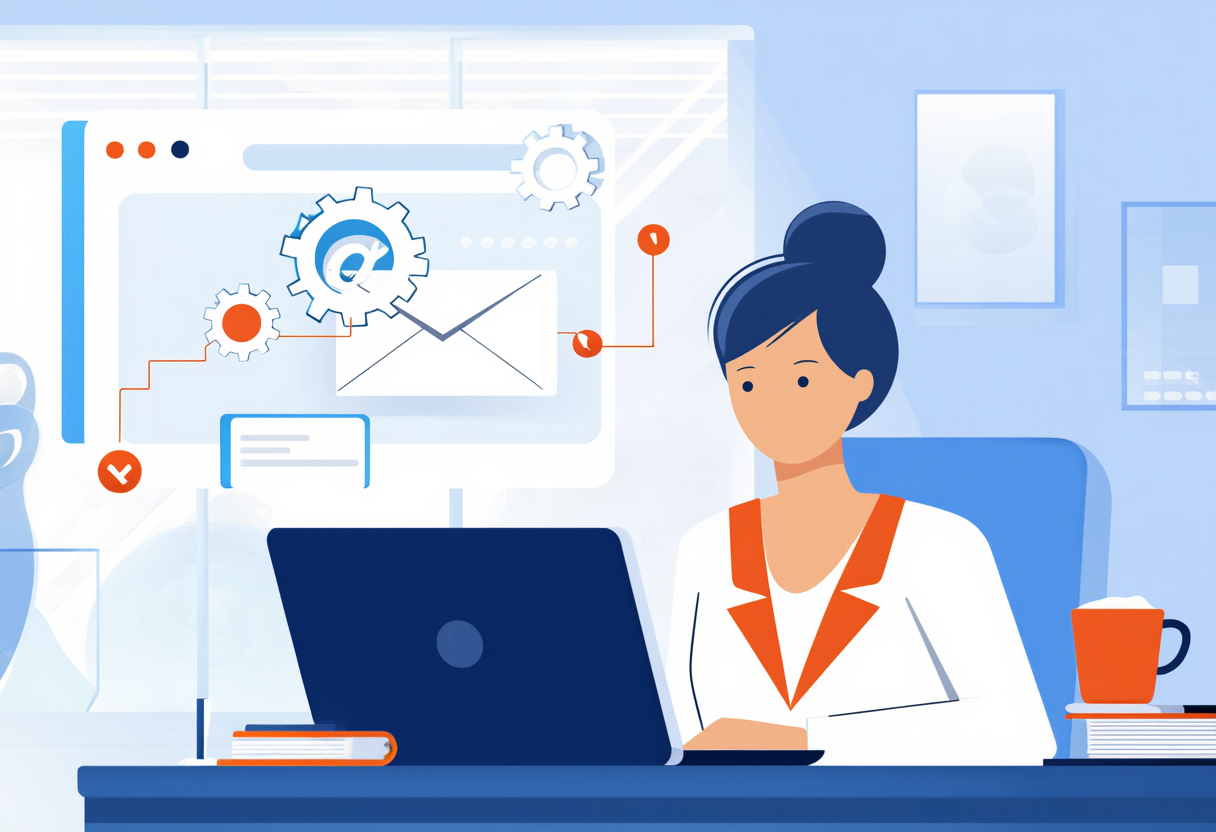The Essential Guide to Email Automation Marketing: Boosting Engagement and Sales
Email Automation Marketing is an essential tool in the contemporary marketer's toolkit. It allows businesses to engage customers consistently and effortlessly. Strategies that rely on automation not only save time but can lead to increased sales. In this guide, explore actionable insights to elevate your Email Automation Marketing efforts to new heights.
The Fundamentals of Email Automation Marketing
Email Automation Marketing serves as a pivotal strategic element for modern businesses. It leverages automated systems to send tailored messages to specific customer segments. This allows marketers to engage users at crucial touchpoints throughout their journey. Automation provides the opportunity to nurture leads without constant oversight, creating a seamless experience. These personalized interactions drive customer loyalty and encourage repeat purchases. As users progress through different stages of their buying journey, automated emails can deliver relevant content that aligns with their needs. Ultimately, Email Automation Marketing facilitates meaningful relationships between brands and consumers.
Engagement Strategies in Email Automation Marketing
Maximizing engagement through Email Automation Marketing requires a multi-faceted strategy. Start by focusing on customer segmentation, as understanding various user personas enables targeted messaging. Craft compelling content that resonates with each segment, establishing relevance and authority. Additionally, analyze engagement metrics to fine-tune your automation approach continually. A/B testing various subject lines and content formats allows marketers to dial in the most effective styles. Combining visual elements with textual content can further captivate the audience’s attention. Furthermore, frequent evaluations of campaign performance allow marketers to stay aligned with changing consumer preferences. As a result, building a robust engagement strategy ensures substantial returns on investment.
Streamlining Sales through Email Automation Marketing
Sales growth often hinges on effective Email Automation Marketing strategies. By creating automated sales funnels, brands can educate leads and nurture them toward conversion. For instance, welcome emails introduce new subscribers to the brand, while follow-ups keep the momentum alive. The key is to skillfully guide leads through the sales process. Timely reminders and tailored content can prompt prospects to make a purchasing decision. Moreover, the power of urgency cannot be underestimated; limited-time offers and exclusive deals often drive faster purchases. Ultimately, Email Automation Marketing accelerates the sales process while nurturing valuable customer relationships.
Overcoming Obstacles in Email Automation Marketing
Navigating the complexities of Email Automation Marketing can be daunting. Market saturation makes it increasingly challenging to capture user attention. Sifting through hundreds of emails, consumers may overlook critical communications. Marketers must distinguish their messaging by emphasizing personalization and value. Furthermore, user engagement can wane if emails become repetitive or irrelevant. Strict compliance with data regulations must also be part of the conversation, as brands strive to earn and maintain consumer trust. Understanding consumer preferences regarding frequency and content type is essential for overcoming these hurdles. Ongoing learning and adaptation remain vital to successful Email Automation Marketing campaigns.
Evaluating Email Automation Marketing Performance
Measurement is integral to assessing Email Automation Marketing effectiveness. Utilizing analytics tools allows businesses to track critical metrics throughout campaigns. Elements such as click-through rates, conversion rates, and unsubscribe rates signal areas for improvement. Setting clear benchmarks and comparison metrics ensures proper evaluation of ongoing campaigns. Segment reporting can provide insights into which audience groups respond best to email efforts. Additionally, adjusting strategies based on performance data promotes continuous optimization. The process should include regular assessments to drive accountability and maintain focus on overarching organizational goals.
Looking Ahead: The Future of Email Automation Marketing
The future landscape of Email Automation Marketing is bright and full of potential. Emerging technologies and consumer behavior shifts will undeniably reshape strategies. The trend toward personalization will escalate, as advanced algorithms enable marketers to send highly relevant content. Moreover, integrating artificial intelligence will allow for even deeper customer insights and targeted communication. The use of predictive analytics will guide campaign planning for more effective outreach. Sustainability and transparency in marketing will also play crucial roles, as consumers demand ethical practices from brands. It’s essential for marketers to adapt and embrace these changes to maintain competitive advantage through Email Automation Marketing.
